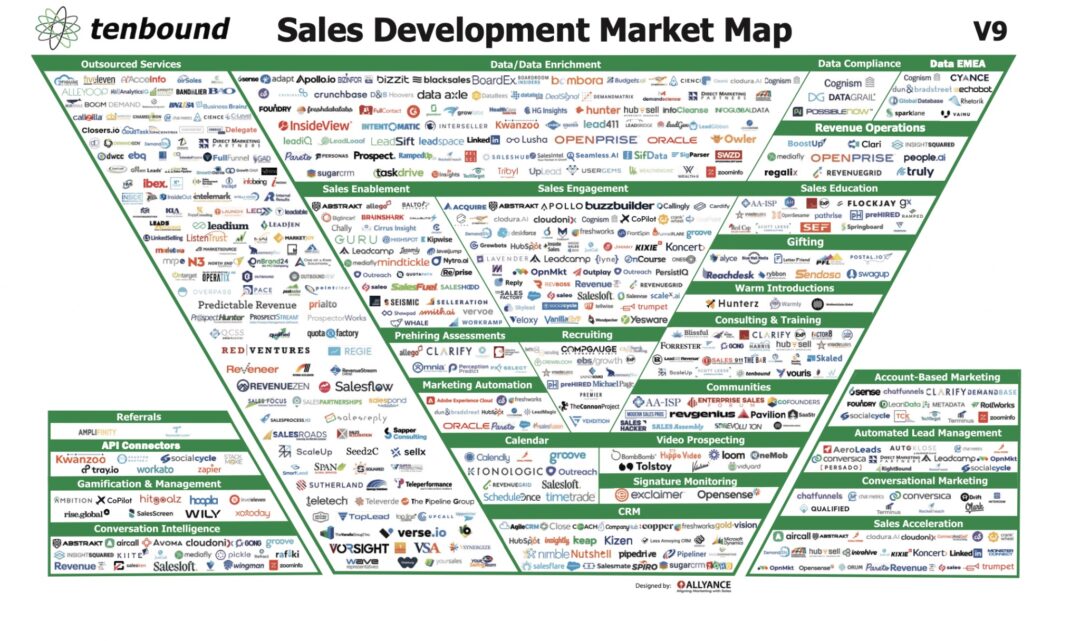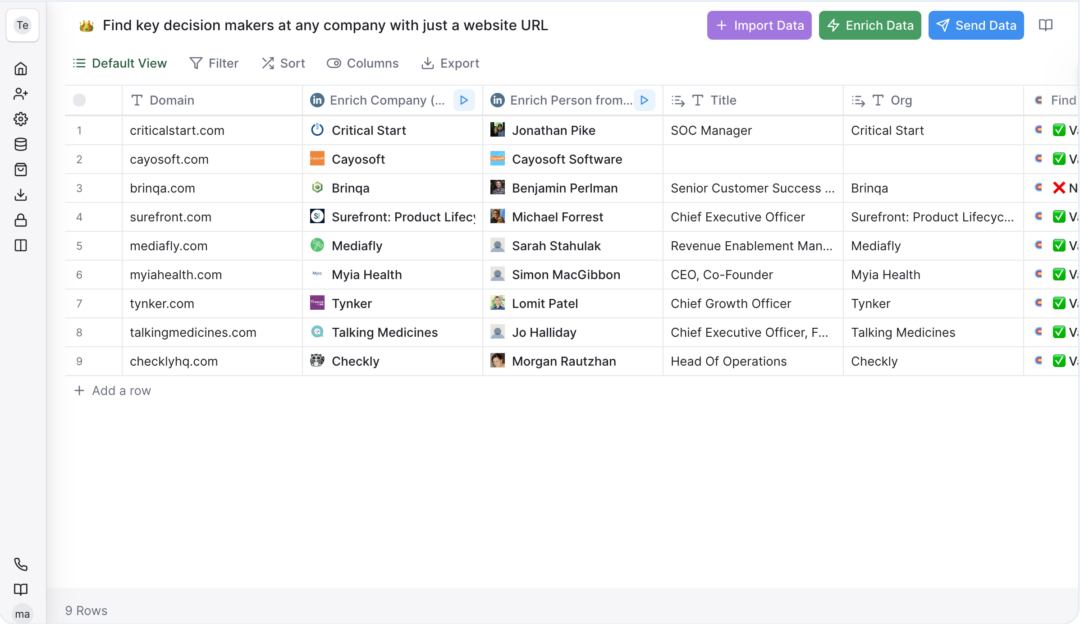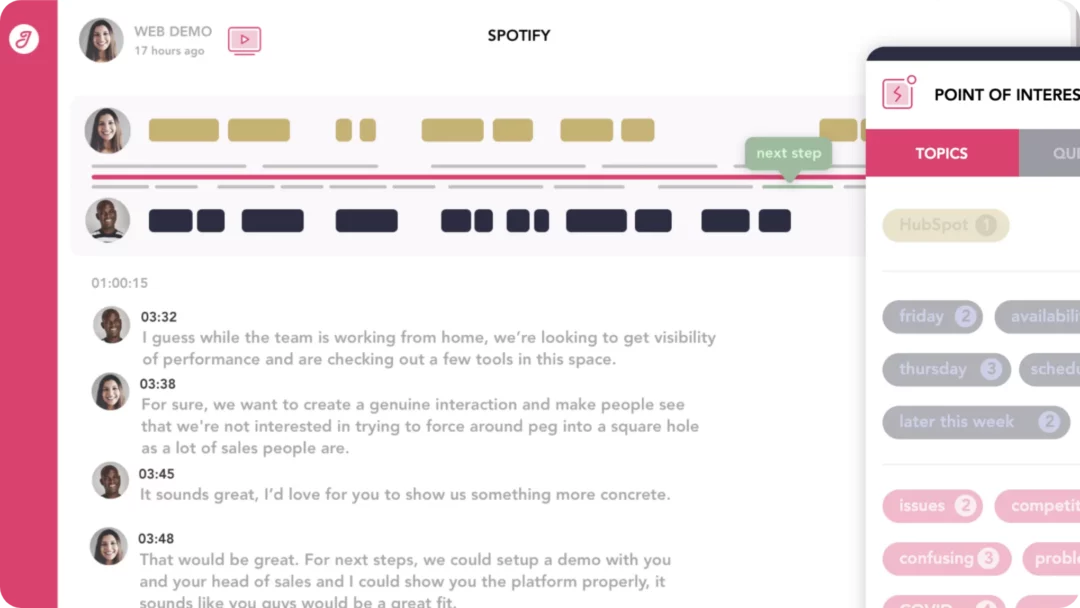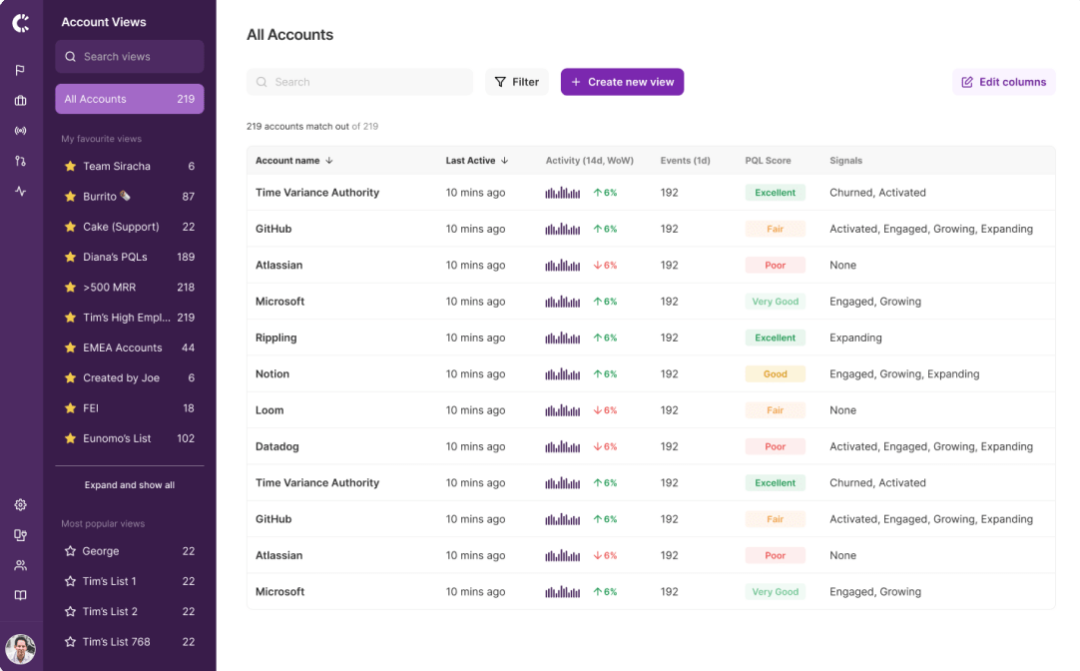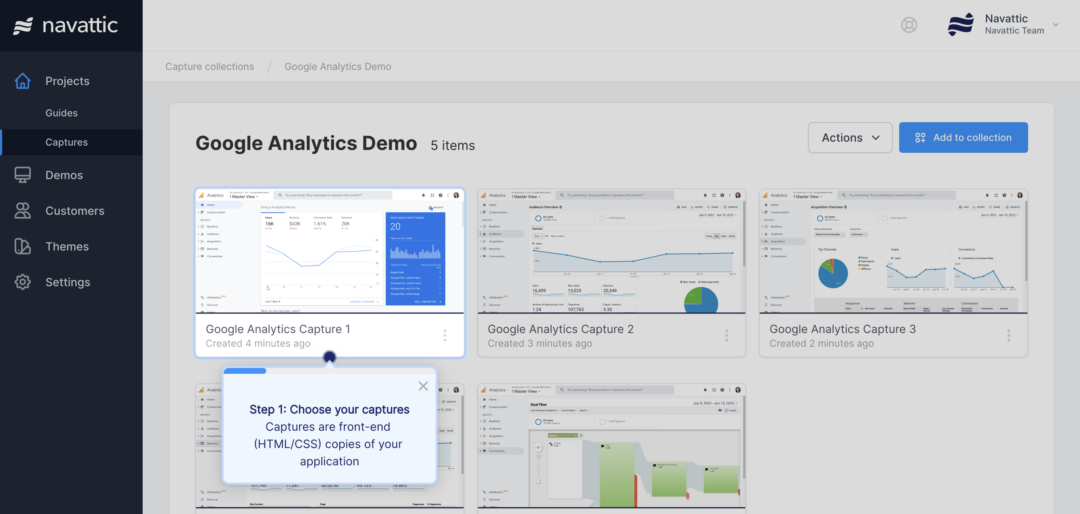It’s officially the OOO season for most of us – the perfect time to look back at what we’ve achieved this year and make plans for the future. And while we’re nailing down the 2023 goals, it makes sense to look at the bigger picture and think about what may come next.
Being a huge SaaS enthusiast and a B2B sales professional, I always keep my ear to the ground to notice the slightest industry trends as soon as they emerge. That is one of the reasons I put together our catalog of sales tools. In just a few years, it grew from 400 to almost 850 tools across 50 different categories. Isn’t it the perfect representation of the booming sales tech space?
Last year, I made a brief overview of the 2021 sales tech landscape. Why not make it a good tradition and talk about the hottest trends to watch in 2023?
Let’s go!
The 2022 sales tech landscape
First of all, let’s talk about the current state of the sales tech landscape. All in all the major categories maintain the status quo: the same companies, the same leaders, nothing really seems to change.


